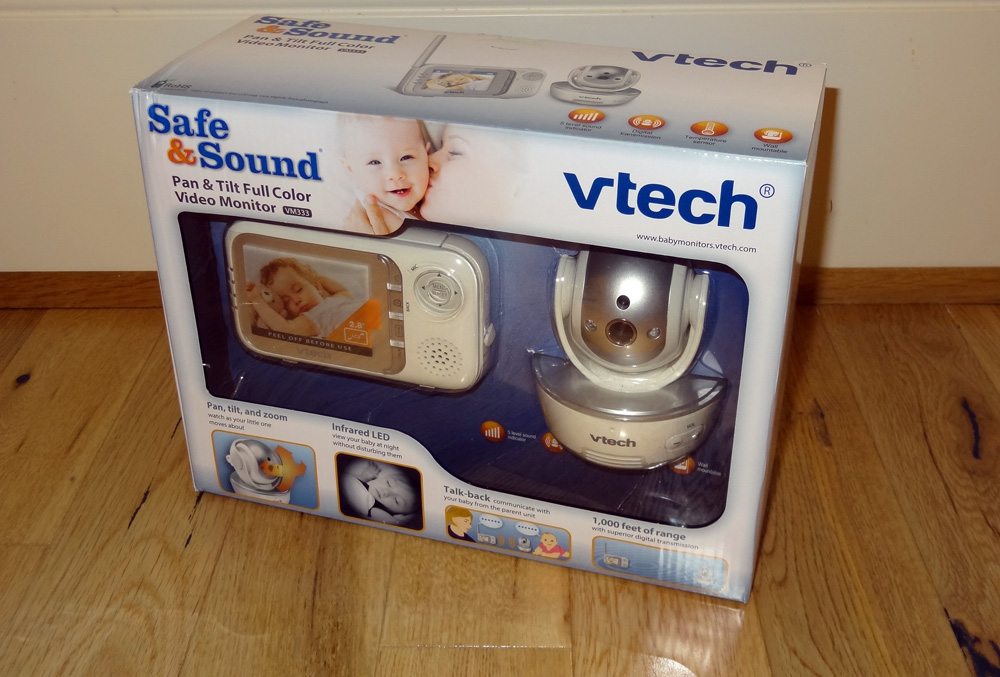
During the holiday season, we imagine the joy that Santa Claus will bring to our families. Some households suggest an attempt to step outside self-centered viewpoints to consider the holiday from a Santa-centric paradigm of enjoyment by offering a cup of brandy, cookies and milk, or even carrots for his reindeer. However, as a society we systematically fail to take into account issues of workplace safety that affect or have the potential to affect Santa Claus and his ungulate co-workers every Christmas Eve. A commentary by University of Alberta medical researcher Sebastian Straube, published in the Journal of Occupational Medicine and Toxicology, hopes to shed light on these chronic and acute safety concerns while examining the research landscape of the field of Santa Safety Studies.
First and most obviously, the paper explores sleigh safety. “Though there is uncertainty about whether Santa or the reindeer ought to be considered as the operator(s) proper of the sleigh,” the paper writes, “the consumption of alcohol during work would typically be discouraged, even if Santa were a sleigh passenger only.”
By encouraging what we see as Santa’s enjoyment of the Christmas journey and/or imagining that our alcoholic offerings somehow fortify Santa for said journey, are we, in fact, undermining his safety? The potential for alcohol-related sleigh accidents is especially troubling in light of the fact that, as the article points out, Santa routinely travels without copilot or radio operator, in a sleigh that is not “manufactured to the engineering standards of the twenty-first century.” Without seatbelts, airbags, or radar-based collision systems and with the real concern “whether Rudolph the Red-Nosed Reindeer’s highly vascularized olfactory organ functions adequately as a beacon light for other aircraft,” should we as a society enable the ancient elf’s consumption of intoxicating beverages?
This is without taking into account St. Nick’s obvious cardiovascular risk factors, namely obesity and, at times, smoking. The article points out that Santa must be considered a “shift worker who works a significant amount of seasonal overtime,” and in this population, specifically, cardiovascular risk factors (along with acute stress and over-consumption of unhealthy snacks including milk and cookies) have been shown to greatly increase the chance of adverse cardiovascular events including stroke and coronary heart disease.
Additionally, Santa Claus does not, apparently, alter his work uniform to match the widely-varying temperature demands of the altitudes and geographic locations in which he works. A table of U.S. Standard Atmosphere Heights & Temperatures shows that a sea-level temperature of 59 degrees Fahrenheit equates to approximately -12.3 degrees Fahrenheit at 20,000 feet. If we presume St. Nick’s iconic red suit and hat are adequate to protect against frostbite and hypothermia at altitude and with the significant wind chill of traveling at what the Fermi Lab calculates as nearly light speed, then the same suit must contribute to the chance of heat stress at lower altitudes and speeds. In fact, “Little is known about the efficacy of his fur-lined red suit in thermal regulation, and carrying his sack of presents would reasonably increase his physical workload, exacerbating heat stress further,” the paper writes.
Stress and physical demands undoubtedly place great demands on Santa’s mental health. The paper points out that his near-omniscience (“He knows when you are sleeping”… etc.) coupled with repeatedly checking extensive written records (“He’s making a list; he’s checking it twice”), seems to hint at the possibility of an obsessive disorder, writing that, “Recent evidence does link work stress with many common mental disorders.”
The paper concludes with the following recommendation: “Given the above-mentioned concerns from an occupational health perspective, we feel that it is time to adopt an evidence-based approach to develop, firstly, a comprehensive workplace occupational health program for Santa, and, secondly, a standardized and reproducible protocol for assessment of Santa’s fitness for work.”
I for one will be doing my part this Christmas to improve the workplace safety of this stressed, aging and at-risk elf who has been so insensitively characterized as unwaveringly “jolly.” Instead of setting out brandy, milk, and cookies, you can please mail them to me c/o GeekDad.



